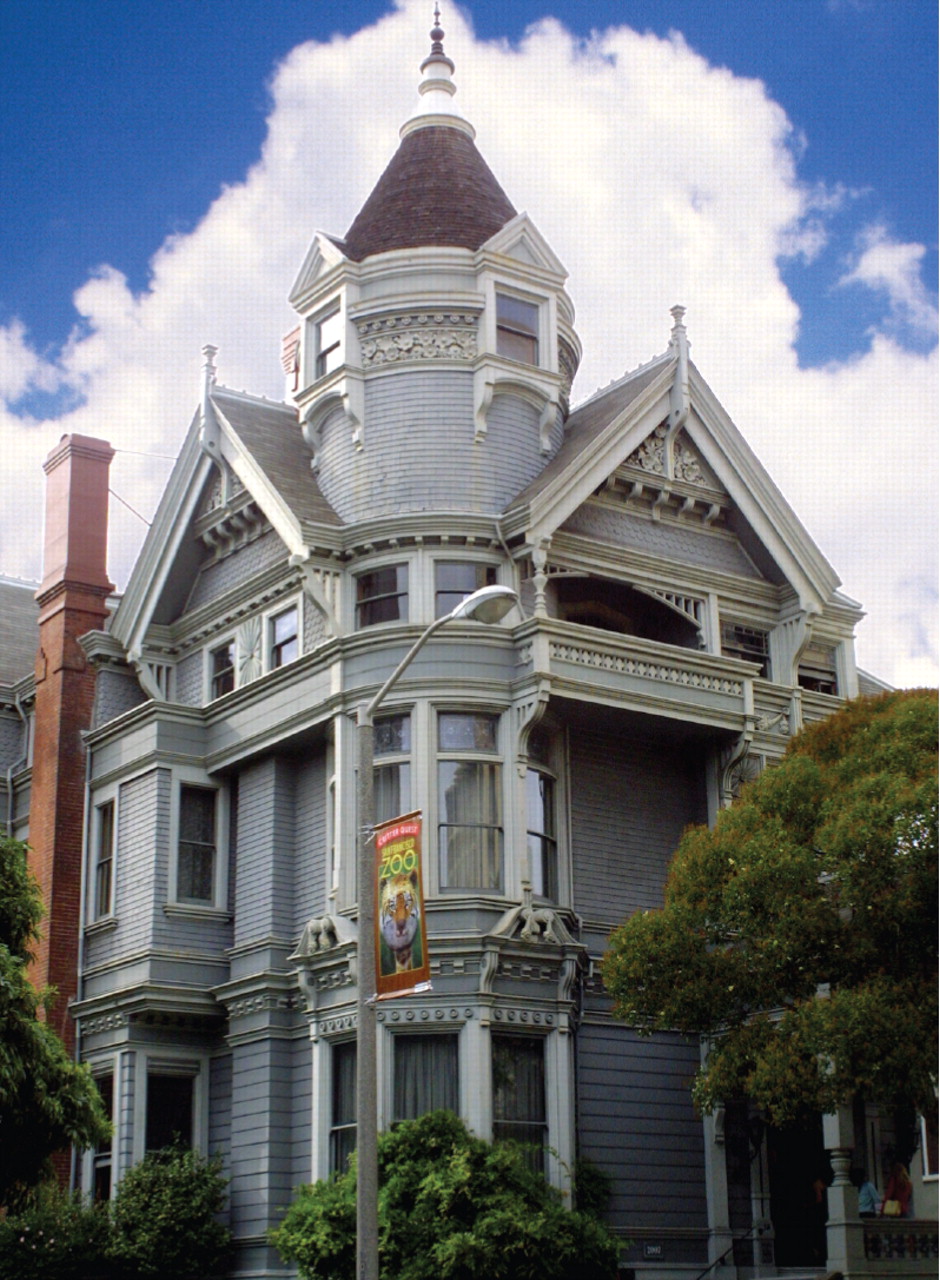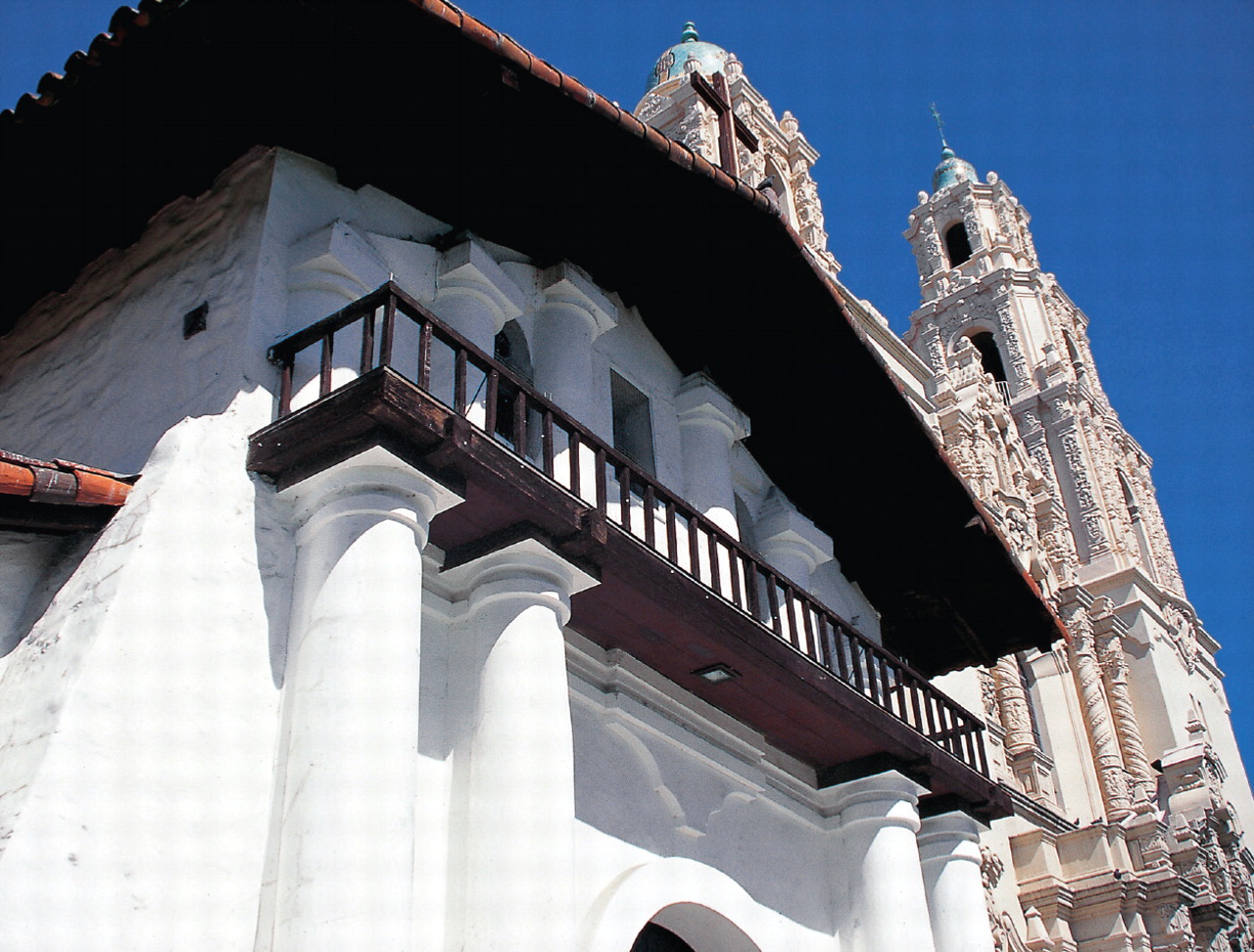Picturesque Neighborhoods Abound in San Francisco
San Francisco is divided by history, ethnicity, and even climate into many enclaves, and astute attendees at APA's annual meeting will build in a little down-time away from all those enticing scientific sessions to see what the rest of this picturesque city looks like.
From Pacific Heights to the Mission District, neighborhoods not far from the Moscone Center offer dramatically different glimpses of the city's past and present.
The Victorian mansions of Pacific Heights have been described as both“ extravagant” and “elegant,” testimonies to the spare-no-expenses tastes of their first owners, the newly rich of the late 19th century who sought to outdo each other in every way.
Pacific Heights is encompassed by Pine and Vallejo streets and Van Ness and Presidio avenues. Home to many of San Francisco's wealthiest residents now as then, the area includes much architecture built before the 1906 earthquake and fire.

The Haas Lilienthal House, built in 1886, is a well-preserved example of Gilded Age architecture.
The Leale House (built in 1853) at 2475 Pacific Avenue is one of the city's oldest houses. The Haas Lilienthal House (1886), at 2007 Franklin Street, has been preserved as it was originally built, offering a glimpse into an earlier Gilded Age. The house is open to the public since it serves as home to San Francisco Architectural Heritage. Tours of the building take place on Wednesday, Saturday, and Sunday afternoons.
Visitors whose cultural interests run to something more modern will want to see the house at the corner of Broadway and Steiner Street that was used as the exterior for the movie “Mrs. Doubtfire,” and the early 20th century Spreckels Mansion at 2080 Washington Street where novelist Danielle Steele keeps house.
Locals recommend Alta Plaza Park, at the corner of Jackson and Steiner streets, and the steps at Broadway and Lyon streets near the Presidio for great views of the city and its surroundings.
Fillmore Street bisects the neighborhood from north to south and is Pacific Heights' high-end shopping district, the place to pick up everything from designer clothes to the latest in home décor.
Just north of Pacific Heights lies Cow Hollow, now as citified as any part of town but named for the small dairy farms that covered the little valley in the 1860s. The cows were sent off to greener pastures in 1891 by the city board of health, and the area turned into a mixture of homes and shops. In the 1950s, Cow Hollow was discovered by a new wave of antiques dealers and home furnishing store owners. Today, the 1800 to 2200 blocks of Union Street present a mixture of old Victorian homes redone as shops selling clothes, art, books, specialty foods, and heaven knows what else. Restaurants serving Vietnamese, French, Italian, Irish, Japanese, Mexican, and other national cuisines liberally dot the area too.

The Mission Dolores church was founded in Spanish colonial times.
Credit: SFCVB photo by Mami Miyata
The Mission District takes its name from the Mission San Francisco de Asis, better known today as the Mission Dolores, at the corner of Mission and 16th streets, about two miles southwest of the Moscone Center. The basilica is more than a landmark and remains the home of an active Roman Catholic parish, with services in English and Spanish.
The district around the church has undergone a not-altogether-smooth renaissance in recent years. The area has been home to Mexican, Salvadoran, Nicaraguan, and other Central American immigrant families since the 1950s, and their cuisine and culture are manifest throughout. That Latin tapestry was interwoven with a measure of the bohemian and artistic too. But then young professionals discovered the area during the Dot-Com boom of the 1990s, pushing up real estate prices and causing hot new restaurants and boutiques to sprout in their wake. Today, the area along 24th Street maintains its traditional Latino character, with the hipness quotient rising as one heads toward 16th and Valencia streets. Visitors can dine on their choice of the very ethnic or very latest at some venue along the way.
The Mission District boasts some of the best weather in a city where climate actually changes from neighborhood to neighborhood. That may be another incentive to stroll about and see the area's many murals. The Precita Eyes Mural Arts and Visitors Center offers tours on Saturdays and Sundays on foot or bicycle of the 70 or so murals nearby
One event during the APA meeting literally cuts across many San Francisco neighborhoods. That's the Bay-to-Breakers 12-kilometer race on May 17. Tens of thousands of runners take off from the corner of Howard and Main streets near the Embarcadero and weave their way across town, through Golden Gate Park to the Great Highway by the Pacific Ocean. Mingled among the well-known marathoners from across the country and the world are thousands of San Francisco's own, running for the fun of it and dressed in costume, each more bizarre than the next.
More Information
• Haas Lilienthal House
(415) 441-3004
www.sfheritage.org/house.html#tours
• Union Street
• Mission Dolores
• Precita Eyes Mural Arts Center
• Bay to Breakers Race



